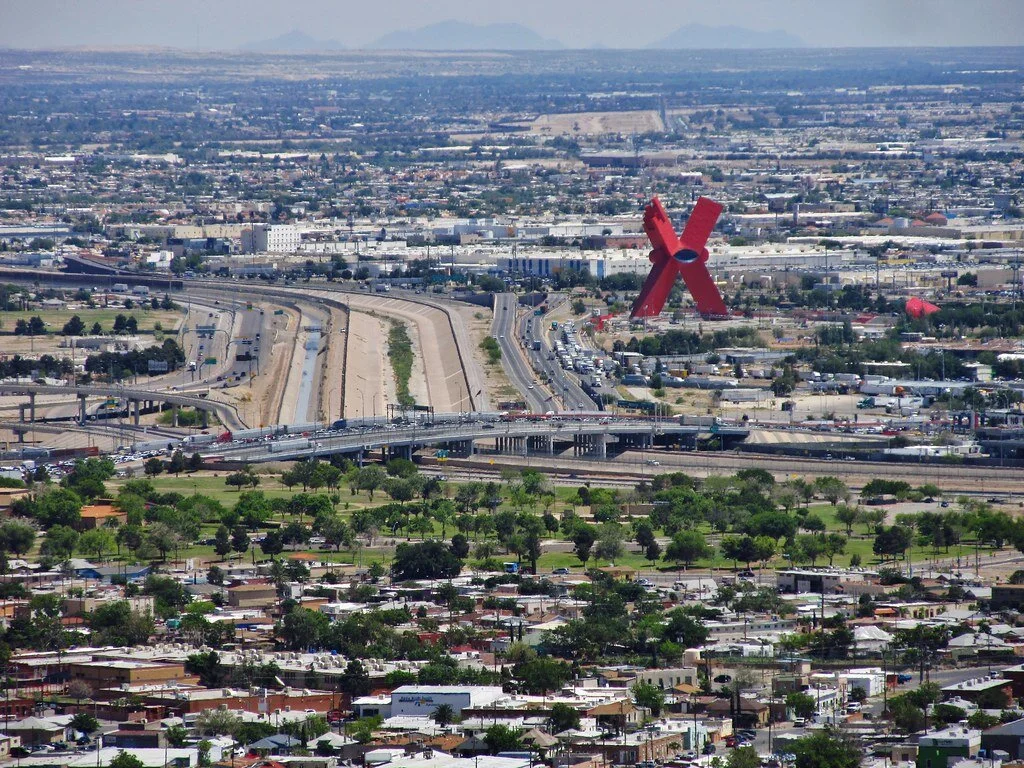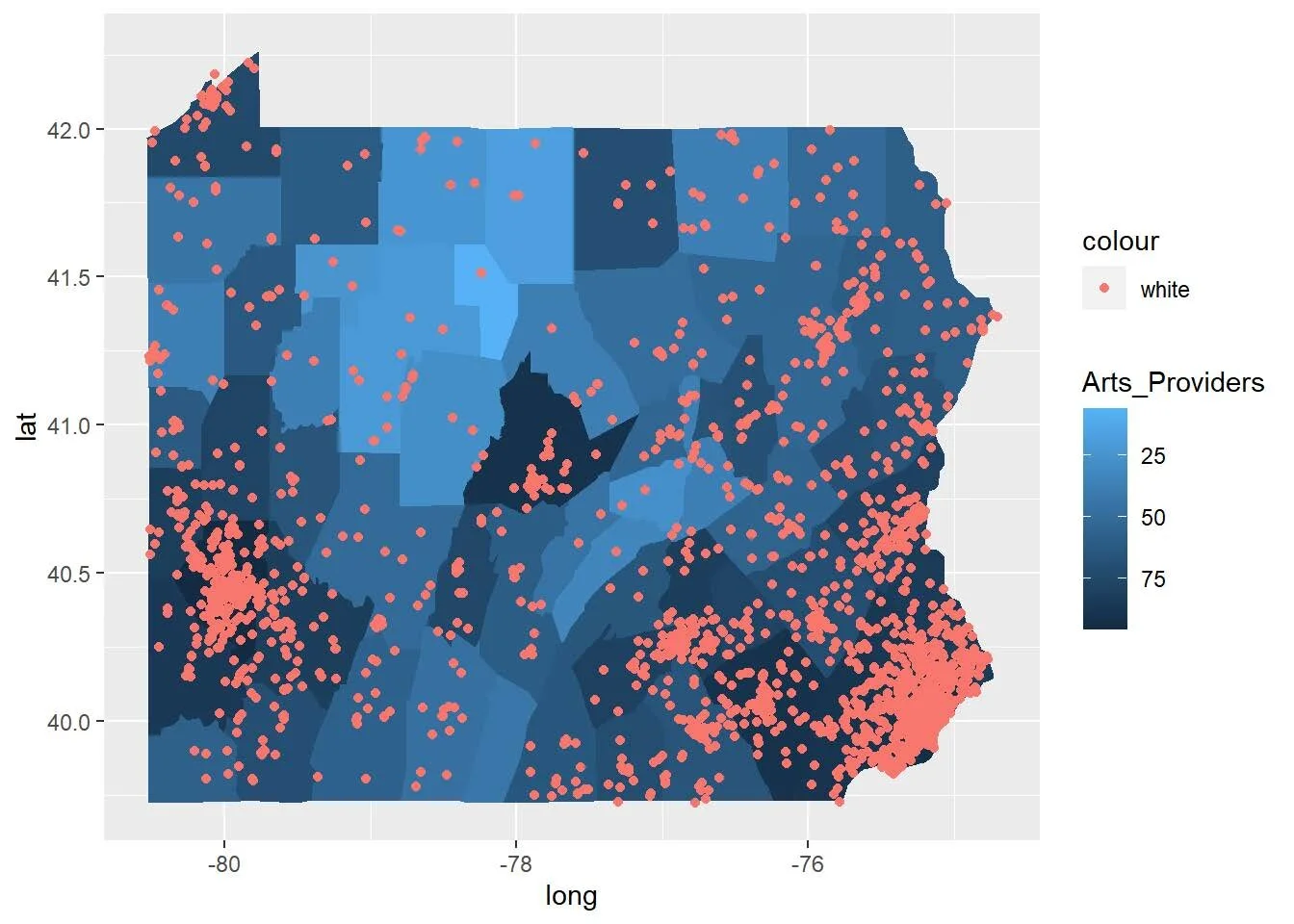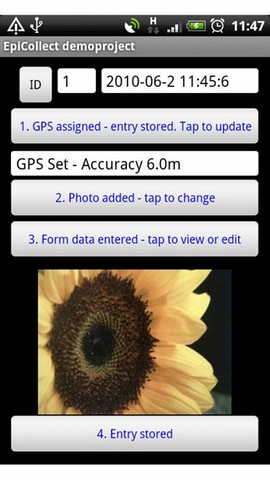Part one of this research looked at the relationship between broadband deployment and arts vibrancy in the United States, focusing on Texas. This article examines factors that are driving the digital divide and relatively low arts vibrancy in two counties on the Texas-Mexico border and how that could inform policies in the United States as a whole.
Part 2: Digital Access and Arts Vibrancy
Access to the arts is not even across the United States. The ways that people living in rural areas access artistic content differs from how people participate in urban centers. Additionally, as the sector is beginning to grapple with, access to the arts varies across racial and ethnic groups. Comparing county-level arts vibrancy data is one way to detect these patterns. While the number of dollars put into the arts in the form of compensation and expenses seems to be the best predictor of overall arts vibrancy, implementing municipal WiFi appears to be an opportunity for growth since analysis indicates that it can increase arts vibrancy.
Social Media Spotlight: Crowdsourcing Archives with Richard McCoy
Welcome to the sixth installment of the Social Media Spotlight, our monthly feature focusing on arts organizations’ social media strategies.
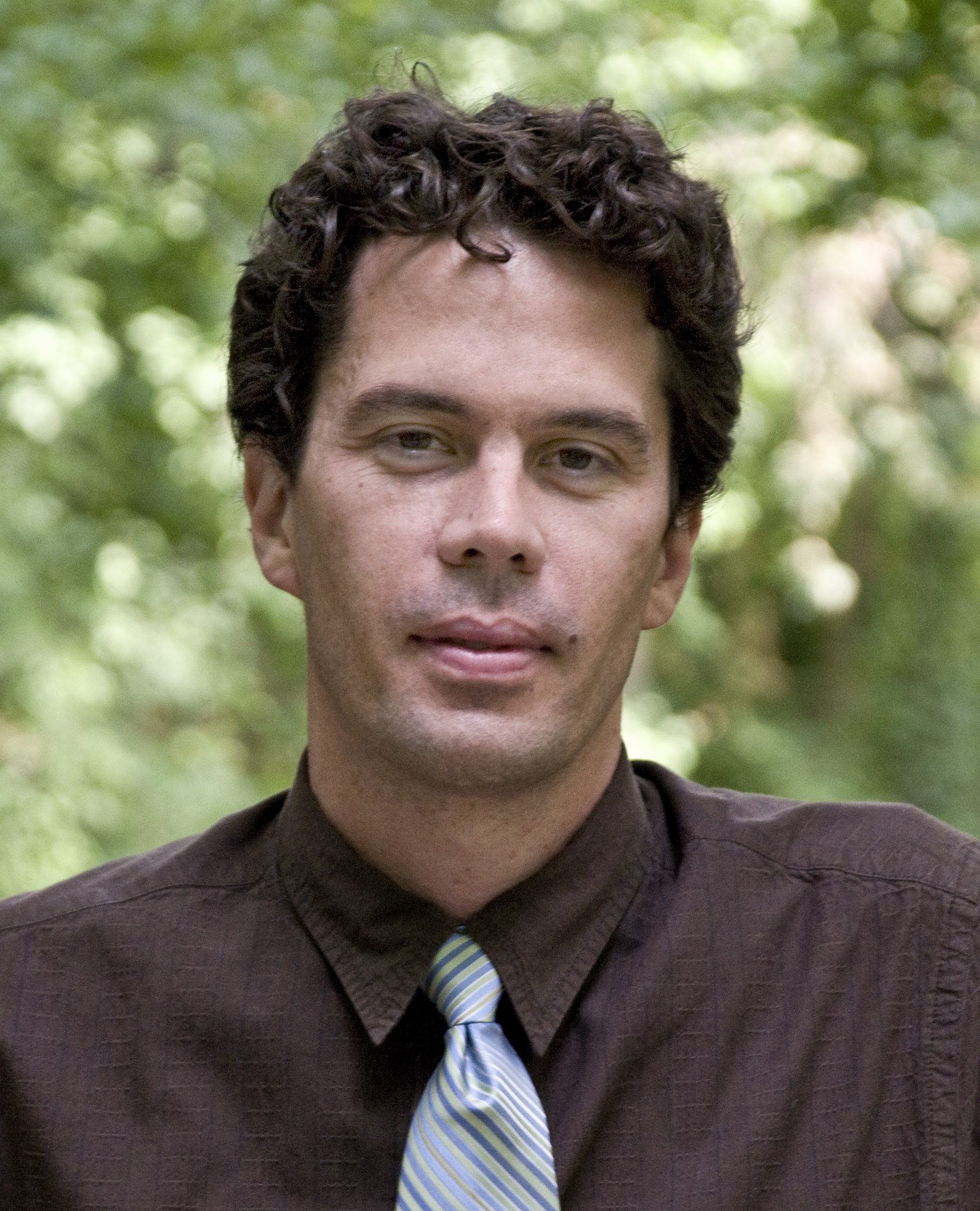 Making the arts a more participatory experience is an exciting idea being developed by many arts organizations across the globe. Visitors to some institutions can now digitally tag artwork with their own unique descriptions or add photos of themselves to a community Flickr pool. Taking the role of participation even further, some organizations are turning to crowdsourcing, inviting the audience to help in the creation and documentation of art.
Making the arts a more participatory experience is an exciting idea being developed by many arts organizations across the globe. Visitors to some institutions can now digitally tag artwork with their own unique descriptions or add photos of themselves to a community Flickr pool. Taking the role of participation even further, some organizations are turning to crowdsourcing, inviting the audience to help in the creation and documentation of art.
I recently had a chance to chat with Richard McCoy, Associate Conservator of Objects & Variable Art at the Indianapolis Museum of Art, about his use of crowdsourcing and public access tools to get the public involved in documenting public art.
I
How did you get interested in documenting artwork online?
By 2008 basic versions of all of the tools that cultural institutions use to create, store, and share documentation about their artworks were freely available online (Wikipedia, Flickr, and YouTube), so I’d say my interest really got serious around this time. I know it’s a bit nerdy, but I keep a pretty good record of my interests in documenting artworks online over on my Wikipedia User Page. My basic thought was why not do it? The investment is low and the potential for return is enormous.
I
Why involve the public in the process?
To properly care for an artwork you have to care about an artwork; you have to recognize its existence within your community. Many public artworks on display around the world are overlooked, their context and meaning forgotten on daily basis. So to have the public involved is an important aspect of this project. The more people that are involved in caring about and for public art and helping to document it, the better.
I think Clay Shirky has done a good job over the years explaining how the participatory web is radically different from our traditional notion of information sharing and collaboration. His 2005 Ted Talk is still ahead of its time. I agree with him in that we are just waking up to the notion of a large-scale participatory process that involves broad audiences using their “cognitive surplus” productively.
My interest has been more in community than public, though. Documenting public art should be a community effort. While it’s not the easiest thing to do, it’s a process that we have taught and developed with more than 40 IUPUI students.
We’re at a point where we can begin seeing that this is a project that should be operating on a global scale. Right now there could be folks documenting a mural in L.A. and a small town in India.
I
Where did the choice to use wikipedia as a teaching tool come from?
I first started using Wikipedia as a teaching tool in the fall of 2009 when professor Jennifer Mikulay invited me to co-teach an IUPUI Museum Studies Program graduate-level course, Collections Care and Management.
We created a project for our class to document all of artworks on and around IUPUI’s campus. That semester our students created 42 new Wikipedia articles and uploaded 375 new images of the IUPUI artworks into Flickr. The result culminated in the creation of the IUPUI Public Art Collection and the beginning of WikiProject Public Art, which was first called Wikipedia Saves Public Art.
This year I taught the course by myself. I used WikiProject Public Art as a final project to document the artworks inside and around in the Indiana State House. My students made 37 new Wikipedia articles and uploaded 272 images into Flickr. We did all of the work within the confines of Wikipedia. My hope was to model a project that could and should be repeated all over the country.
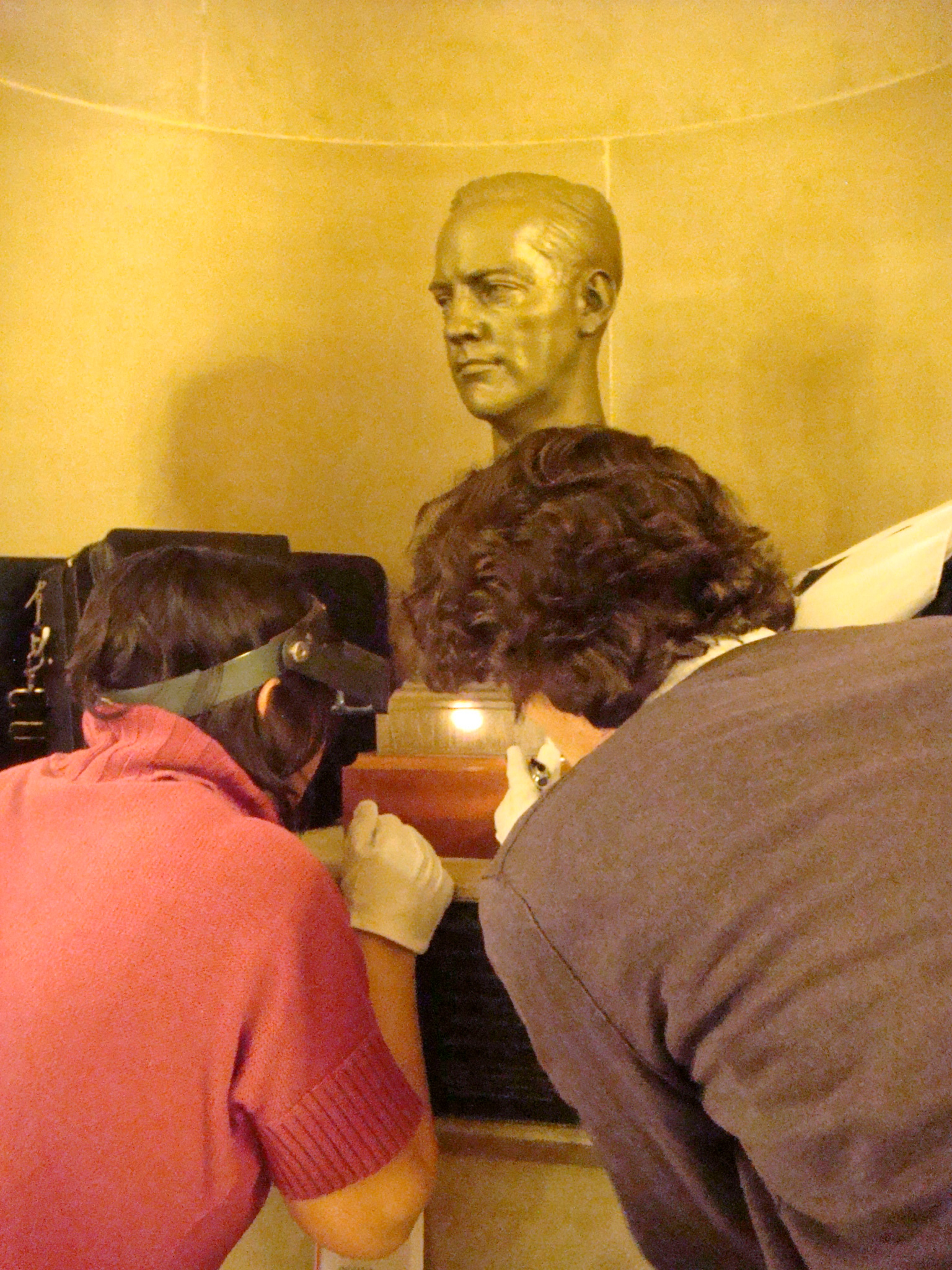
In addition to creating the Indiana State House Public Art Collection, I assembled all of the articles into in an easy-to-download book. I wrote a summary of all of this documentation work in the article New Systems for Documenting Public Art on Liam Wyatt’s blog.
I
I understand you and the class were recently recognized by the State of Indiana for this work. What was that like?
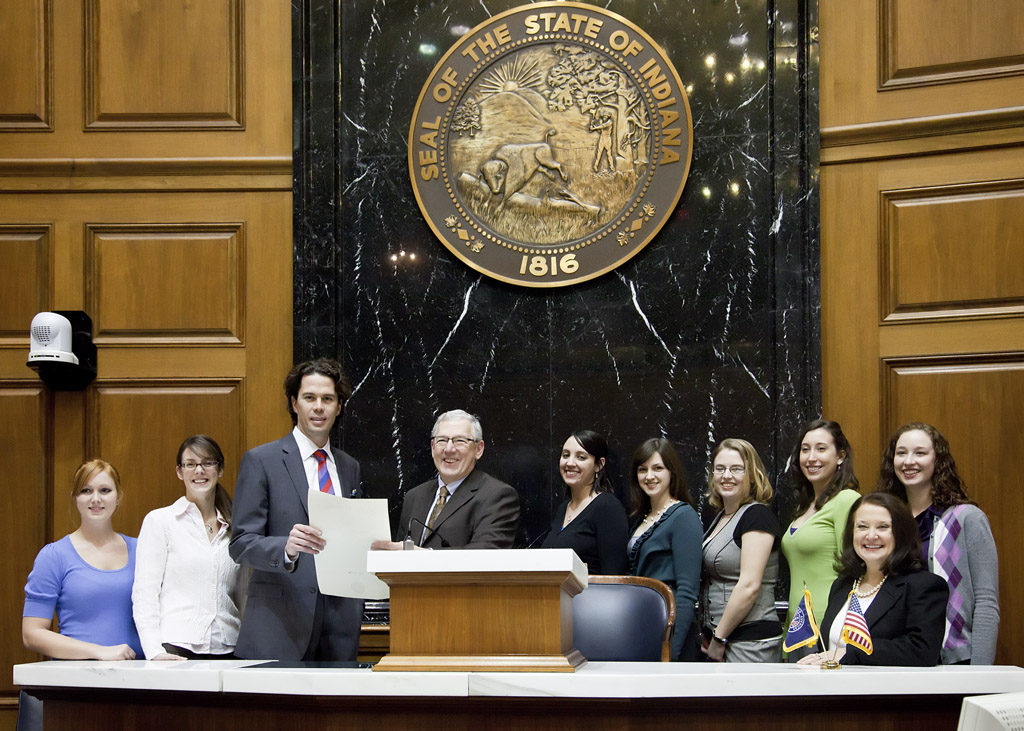
We were tremendously honored to have both the House of Representatives and the Senate of the State of Indiana recognize our work with Concurrent Resolutions. I’m most pleased about this recognition because it furthers the mission of the project: to raise awareness about the artworks at the Indiana Statehouse.
While this recognition can be personally gratifying, the project is designed with the hope that the students will take ownership of it and its outcomes, as they are the ones who did the lion’s share of the documentation.
I
Can you talk about the Public Art Documenter Project? How does it work and what are your goals for the project?
For a long time, I’ve wanted a mobile app that would allow for the easy documentation of public art. The most basic component of any kind of documentation involved three components: location, photography, and the basic tombstone information about an artwork. This would seem fairly easy to do with a mobile app.
Image via appbrain.com
When I found the mobile app creator, EpiCollect, which was developed at the Imperial College London, I was pretty excited. With this tool I was able to quickly make the Public Art Documenter. There are some down sides to this app, mainly in that it was developed with Google Apps, so it works really well on Droid phones, but not so well on the iPhone. It’s also pretty tech-heavy, so it’s not all that easy to use. I’ve been in conversation with the folks at Imperial College London who are in the process of creating the next version of this app which apparently will improve a lot of the iPhone bugs.
Also, with a number of friends, I’ve experimented with the potential for location-based applications such as Gowalla and Foursquare to serve this function. With Gowalla, I’ve made a couple of “Trips” including the “Top 10 Public Artworks in Indianapolis” (http://gowalla.com/trips/557).
I
I
I
Was there a specific reason you chose not to go through process of building an app of your own?
We’re really in an experimental stage with a mobile app. We’ve considered applying for grants to develop and expand the project, including creating a mobile app. But more than money, what the project really needs is a few institutional partners that are interested in using current technologies to document public art, or artworks in general. While we’ve explored this with what would appear to be a few natural partners, including the Smithsonian Institution, who holds the archives for the important project Save Outdoor Sculpture!, we’ve yet to get anyone to directly support any aspect of the prospect.
I
Crowd-sourcing archives is an exciting idea, but I can see some people arguing that it cannot compare to traditional documentation methods. How do you view your projects fitting in with current and past archival and documentation techniques?
This is a really interesting point to consider, and it goes not only to the storage of information, but the ownership of information and data. When you work in Wikipedia you are applying a Creative Commons license to the information you create. Also you are working collaboratively with a shared goal in a system that can be updated instantly by anyone in the world. Because the information is built with this structure, it’s then actually owned by everyone and really no one. This is a fantastic notion to consider vis-a-vis traditional documentation and sharing methods.
For example, compare our project to Philadelphia’s MuralFarm.org, Indianapolis’ Public Art Locator, or the Save Outdoor Sculpture! data. While this is all good data and information about public art, it’s stuck behind a website that is controlled by a very small handful of people. All of these systems were designed to increase access to information about public art, but none are able to offer the kind of inclusion that’s possible with Wikipedia.
Plus in using Wikipedia you are actually invited to download the whole data set and keep it for yourself. In fact, the information is licensed such that if you wanted to, you could use their book creator tool (the one I used to make the book about the Indiana State House Public Art Collection), create a book and then sell it for a profit, or just print it and have it on hand. This is what the State House did with our information, so now they have the most complete records of their artworks in the more than 100 year history of the State House.
I
Your projects all focus on primarily documenting public art, do you see these ideas and methods working well for other areas of the arts?
Of course! I recently had an intern working for me at the museum that developed an e-volunteer program that invites people to create Wikipedia articles about artworks in cultural instituions. While we have a pilot underway at the IMA, we hope that other cultural institutions follow suit and invite their patrons to help document their collections.
Not only do many institutions lack the resources to basically document their collections, but few have recognized the value of incorporating a participatory audiences in the process.
The lack of cultural institutions with decently documented collections was famously spelled out in the Heritage Health Index Results, and reinforced in the 2009 Salzburg Global Seminar, “Connecting to the World’s Collections: Making the Case for Conservation and Preservation of our Cultural Heritage”, but few have recognized the need to open the doors and encourage a broad spectrum of participation.






